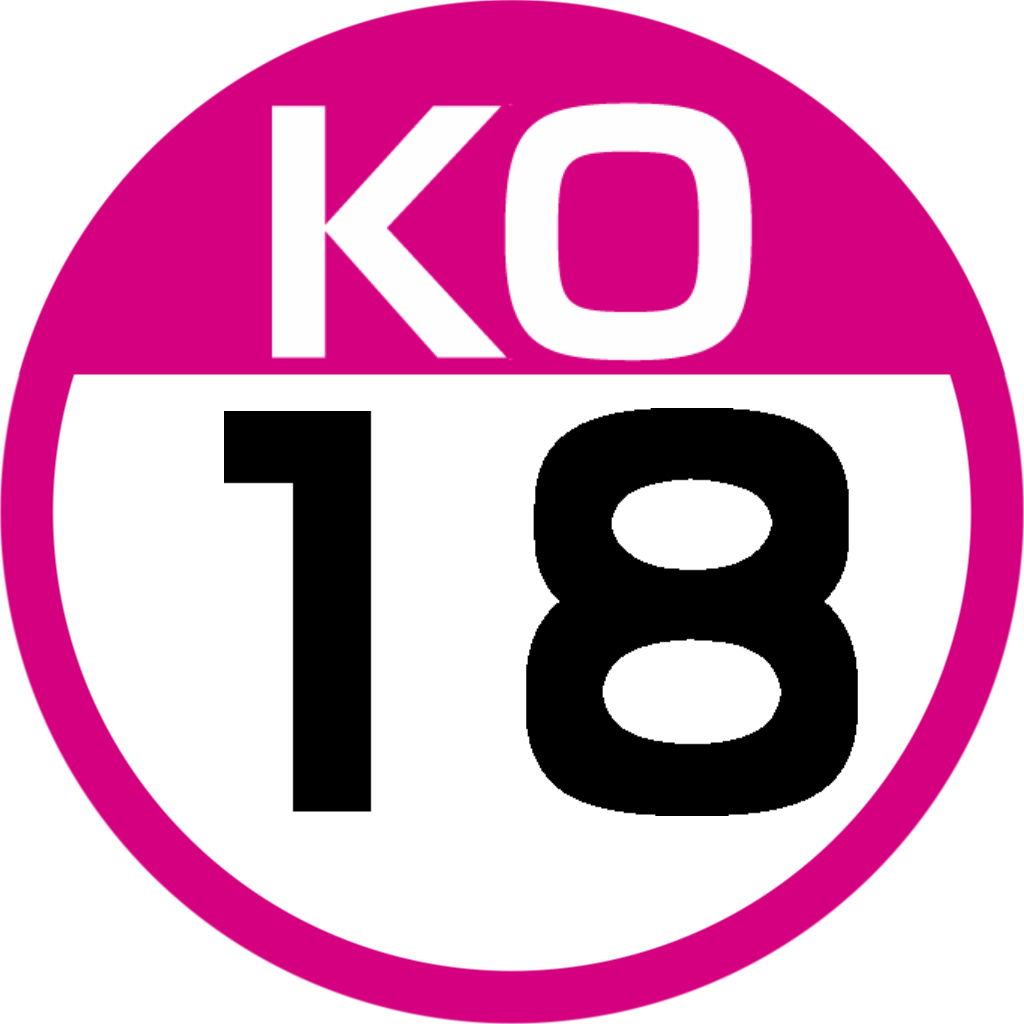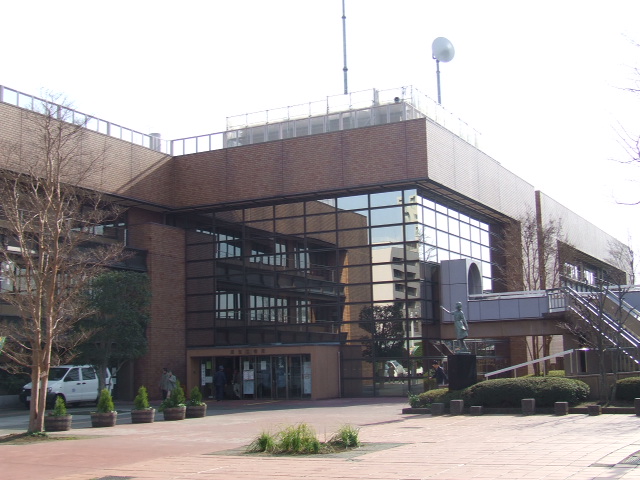|
Keiō Sagamihara Line
The is a Japanese railway line operated by the private railway operator Keio Corporation, connecting Hashimoto Station in Sagamihara, Kanagawa Prefecture and Chōfu Station in Chōfu, Tokyo. Station list Rapid and Semi express services stop at all stations on this line. ;Notes: History The line opened as a one-stop single-track spur from Chōfu to Keiō-Tamagawa on 1 June 1916, electrified at 600 V DC, and was double-tracked on 1 April 1924. On 1 May 1937, Tamagawara was renamed Keiō-Tamagawa, and on 4 August 1963, the voltage was increased to 1,500 V DC. The line was extended (all extensions were electrified dual track) on 1 April 1971, to Keiō-Yomiuri-Land. Subsequent extensions brought the line to Keiō-Tama-Center (18 October 1974), Minami-Ōsawa (22 May 1988) and Hashimoto (30 March 1990). Tamasakai station opened on 6 April 1991. In 2012, the Chofu to Keiō-Tamagawa section was relocated underground. Station numbering was introduced on 22 February 2013. See a ... [...More Info...] [...Related Items...] OR: [Wikipedia] [Google] [Baidu] |
Commuter Rail
Commuter rail, or suburban rail, is a passenger rail transport service that primarily operates within a metropolitan area, connecting commuters to a central city from adjacent suburbs or commuter towns. Generally commuter rail systems are considered heavy rail, using electrified or diesel trains. Distance charges or zone pricing may be used. The term can refer to systems with a wide variety of different features and service frequencies, but is often used in contrast to rapid transit or light rail. Similar non-English terms include ''Treno suburbano'' in Italian, ''Cercanías'' in Spanish, Aldiriak in Basque, Rodalia in Catalan/Valencian, Proximidades in Galician, ''Proastiakos'' in Greek, ''Train de banlieue'' in French, '' Banliyö treni '' in Turkish, ''Příměstský vlak'' or ''Esko'' in Czech, ''Elektrichka'' in Russian, ''Pociąg podmiejski '' in Polish and ''Pendeltåg'' in Swedish. Some services share similarities with both commuter rail and high-frequency rapid ... [...More Info...] [...Related Items...] OR: [Wikipedia] [Google] [Baidu] |
Tama Toshi Monorail Line
The , also referred to as the Tama Monorail, is a monorail system in Western Tokyo. Operated by the Tokyo Tama Intercity Monorail Co., Ltd., the double tracked, 16.0 km monorail line carries passengers between the suburban cities of Higashiyamato and Tama via Tachikawa, Hino, and Hachiōji in 36 minutes. , , and stations are the most important stations, enabling transfer at Tachikawa to JR East's Chūō Main Line and at Tama-Center to the Odakyu Tama Line and Keio Sagamihara Line. Stations All stations located in Tokyo. Most stations have an associated shape/image (as seen in the left-most column of the table below). History The line opened in two phases. The section from Kamikitadai to Tachikawa-Kita opened in November 1998 while the section south to Tama-Center opened in January 2000. Station numbering was introduced to all stations in February 2018. Future plans As of October 2022, there are plans to extend the route. One route is an extension north from ... [...More Info...] [...Related Items...] OR: [Wikipedia] [Google] [Baidu] |
Tama Monorail Line Symbol
Tama may mean: Languages * Tama language, the language of the Sudanese Tama people * Tama languages, a language family of northern Papua New Guinea Music * Tama Drums, a Japanese brand manufactured by Hoshino Gakki * Tama (percussion), a type of talking drum from West Africa * "Tama", a song by Mory Kanté People * Tama Hochbaum (born 1953), American artist and photographer * Tama people, an ethnic group in Chad and Sudan * La Tama, previously Ocute, a Native American people of the U.S. state of Georgia * Tama, the ring name of professional wrestler Sam Fatu * Tama, clan of junior Kazakh Jüz "horde", numbering ca. 70–115,000 * Tama people (Colombia), an indigenous group of Colombia Places * Tama, Iowa, United States * Tama County, Iowa, United States * Tama, Niger * Tama, La Rioja, Argentina * Tama, Musashi (), an old district in Musashi Province, Japan ** Tama Area (), the western portion of Tokyo Prefecture *** Tama Cemetery, the largest municipal cemetery in Japan *** T ... [...More Info...] [...Related Items...] OR: [Wikipedia] [Google] [Baidu] |
Tama, Tokyo
is a Cities of Japan, city located in the western portion of Tokyo Metropolis, Japan. , the city had an estimated population of 148,285 in 73,167 households, and a population density of . The total area of the city was . Geography Tama is located in the foothills of the Okutama Mountains of southwestern Tokyo, known as Tama Hills, which spans Tokyo and Kanagawa Prefecture. The entire region is historically referred to as Tama; therefore there are many place names scattered throughout the area with references to the name "Tama" which are not within the city limits. The Tama River marks the city's northern boundary, and Kanagawa Prefecture is to the south. Its southern half forms part of the Tama New Town project, Japan's largest residential development, constructed in the 1970s. Surrounding municipalities Tokyo Metropolis *Inagi, Tokyo, Inagi *Fuchū, Tokyo, Fuchū *Hachiōji, Tokyo, Hachiōji *Machida, Tokyo, Machida *Hino, Tokyo, Hino Kanagawa Prefecture *Kawasaki, Kanagawa, K ... [...More Info...] [...Related Items...] OR: [Wikipedia] [Google] [Baidu] |
Odakyu Tama Line
, commonly known as Odakyū, is a major railway company based in Tokyo, Japan, best known for its ''Romancecar'' series of limited express trains from Tokyo to Odawara, Enoshima, Tama New Town, and Hakone. The Odakyu Electric Railway Company forms the core of the Odakyu Group, which comprises 101 companies (as of July 14, 2017) and includes the Enoshima Electric Railway, Hakone Tozan Railway, , , and hotel. It is listed on the Tokyo Stock Exchange and is a constituent of the Nikkei 225. History Pre-WWII The 83 km line from Shinjuku to Odawara opened for service on April 1, 1927. Unlike the Odawara line, rarely were pre-World War II Japanese private railways constructed with double-track and fully electrified from the first day of operation. Two years later, April 1, 1929, the Enoshima Line was added. The original full name of the railroad was , but this was often shortened to . The abbreviation ''Odakyu'' was made popular by the title song of the 1929 movie '' Tōkyō k� ... [...More Info...] [...Related Items...] OR: [Wikipedia] [Google] [Baidu] |
Asao-ku, Kawasaki
is one of the 7 wards of the city of Kawasaki in Kanagawa Prefecture, Japan. As of 2010, the ward had an estimated population of 167,792 and a density of 7,210 persons per km². The total area was 23.28 km². Geography Asao Ward is located in eastern Kanagawa Prefecture, in the far western corner of the city of Kawasaki, bordering on Tokyo. It is bordered to the north by the Tama River. In March 1913, a fossil tooth from a Parastegodon (similar to the Stegodon genus) was found in what is now Yurigaoka 2-19 in the upper sedimentary layers of mudstone. It is thought to have been from the late Pliocene period. Most of what is now the city of Kawasaki was under water during this period, so the fossil indicates that the Asao area was above water and perhaps marked the shoreline. Surrounding municipalities *Tama-ku, Kawasaki *Miyamae-ku, Kawasaki *Aoba-ku, Yokohama *Machida, Tokyo *Tama, Tokyo *Inagi, Tokyo History Rice was grown in the area as early as the Yayoi period. The na ... [...More Info...] [...Related Items...] OR: [Wikipedia] [Google] [Baidu] |
Inagi, Tokyo
270px, Inagi City Hall is a city located in the western portion of Tokyo Metropolis, Japan. , the city had an estimated population of 92,585 in 41,592 households, and a population density of 5200 persons per km². The total area of the city was . Geography Inagi is located in the south-central portion of Tokyo Metropolis, approximately 25 kilometers from the center of Tokyo. The Tama River flows through the city, which is bordered by Kanagawa Prefecture to the south. Surrounding municipalities Tokyo Metropolis *Chōfu * Fuchū * Tama Kanagawa Prefecture * Kawasaki Climate Inagi has a Humid subtropical climate (Köppen ''Cfa'') characterized by warm summers and cool winters with light to no snowfall. The average annual temperature in Inagi is 14.3 °C. The average annual rainfall is 1647 mm with September as the wettest month. The temperatures are highest on average in August, at around 25.6 °C, and lowest in January, at around 3.2 °C. Demographics Per Jap ... [...More Info...] [...Related Items...] OR: [Wikipedia] [Google] [Baidu] |



